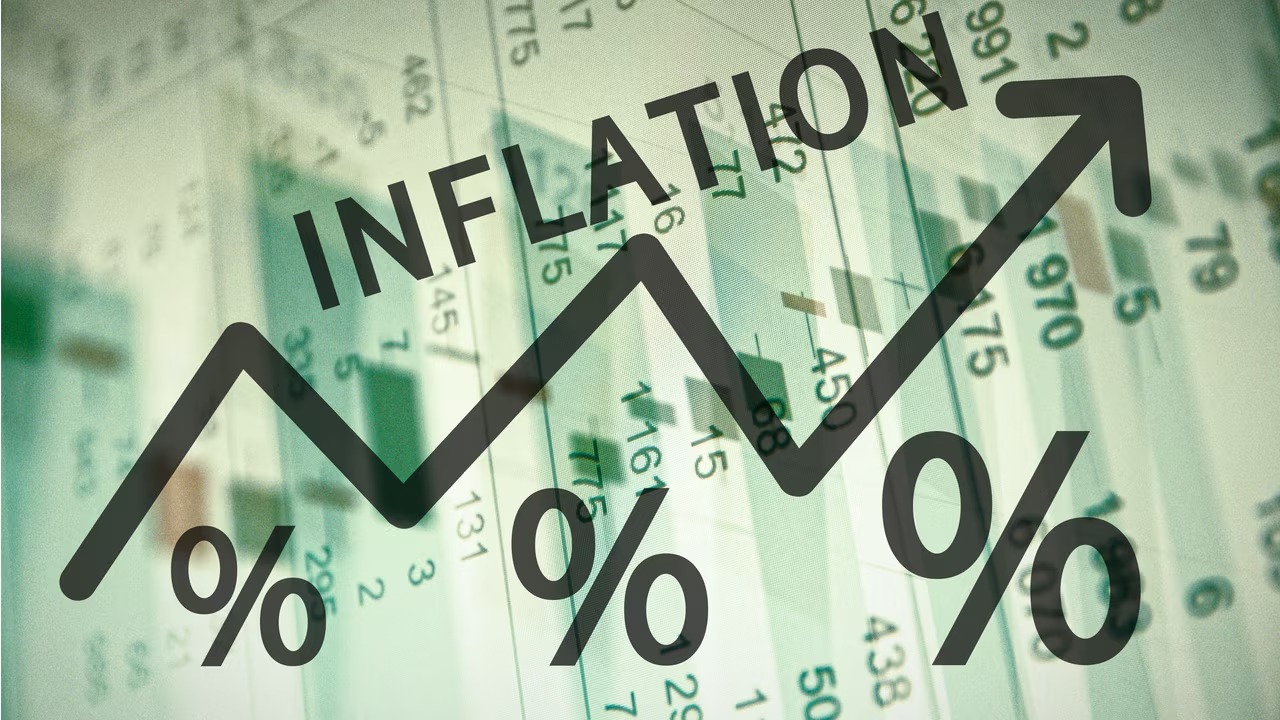India’s consumer price-based food inflation fell to -2.28% in September 2025, reflecting continued downward pressure on food prices. This marks the lowest food inflation level since December 2018, driven by declines in vegetables, oils, pulses, and cereals amid a favorable base effect, signaling relief for consumers and policymakers alike.
Food Inflation Contracts Sharply in September
India’s food inflation, as measured by the Consumer Food Price Index (CFPI), declined by 2.28% year-on-year in September 2025, reversing months of elevated food price pressures. This continued deflation in food costs is a major factor behind the overall easing of headline inflation, which stood at just 1.54% for the month—the lowest since June 2017.
The fall in food prices spans both rural and urban areas with rural food inflation recorded at -2.17% and urban food inflation slightly lower at -2.47%. This broad-based decline reflects easing costs across key food categories, including vegetables, pulses and products, oils and fats, cereals, and eggs.
Important Points
Headline Inflation: September's headline Consumer Price Index (CPI) inflation was 1.54% year-on-year, down 53 basis points from August, marking the slowest pace since mid-2017.
Food Inflation: At -2.28%, food inflation registered its steepest drop since December 2018, down 164 basis points from August.
Key Drivers: Price reductions in vegetables (notably tomatoes, onions, potatoes), oil and fats, pulses, cereals, and eggs contributed significantly.
Rural vs Urban: Both sectors mirrored the decline, signaling wide geographic impact. Rural and urban headline inflation stood at 1.07% and 2.04%, respectively.
Base Effect: A favorable statistical base from higher prices last year also contributed to the drop.
Other Inflation Segments: Housing inflation rose to 3.98% in urban areas, while education inflation edged down slightly to 3.44%.
Major Takeaways
The sharp dip in food inflation offers relief to millions of consumers and could ease cost pressures on manufacturers and service providers.
The moderation supports expectations for stable or eased monetary policy by the Reserve Bank of India (RBI) amid subdued price pressures.
Continued vigilance is necessary, however, as inflation remains volatile due to supply chain factors and changing commodity prices.
Policymakers may benefit from this price stability in managing broader economic growth and inflation targets.
This data signals a positive turn in inflation dynamics for India as supply conditions improve and deflationary trends persist in essential food commodities.
Sources: Ministry of Statistics and Programme Implementation (MOSPI), Press Information Bureau (PIB), Reuters, The Economic Times








